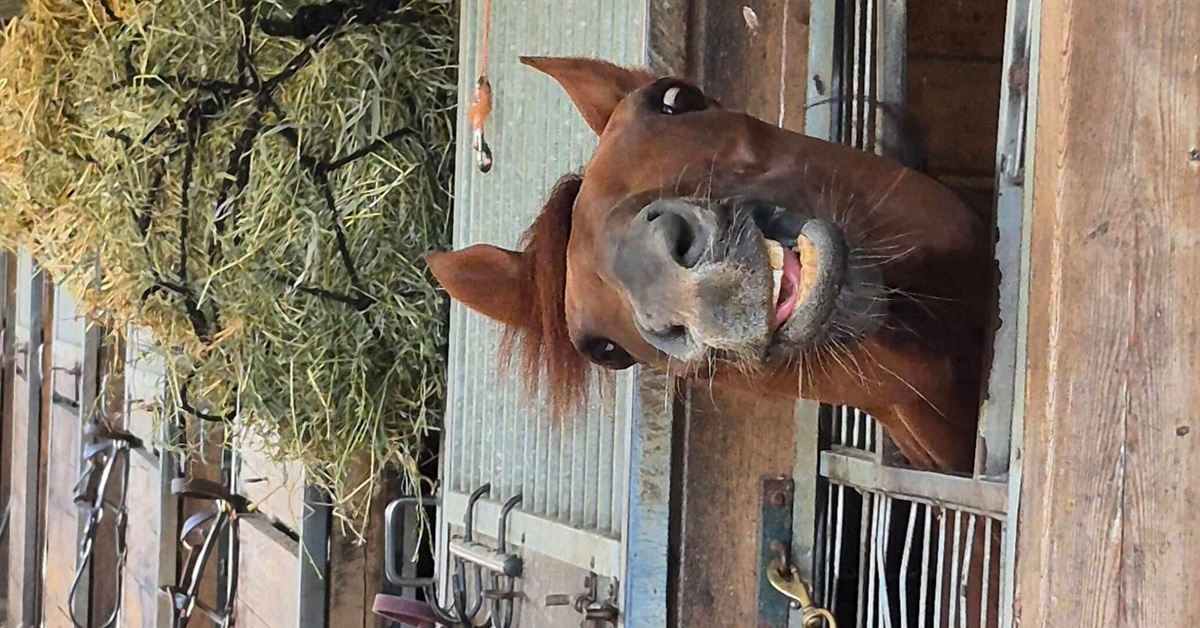Imagine a three decade journey – a quest for an insidious bacterium possessing elusive qualities equivalent to that of the Holy Grail. Dr. John Prescott, University of Guelph Professor and Chair of the OVC Department of Pathobiology, has been unwavering in staying the course on his quest to find a vaccine able to combat the deadly Rhodococcus bacterium. Watch the video below to learn more.
Rhodococcus (R. equi) is no bug on the windshield that can be easily wiped off. Once this air-borne organism leaves Point A (soil and manure) to travel to Point B (the lungs of a young foal) it hides in the very macrophages that should normally seek out and destroy invading bacteria. The advent of genomic research has opened up a super highway full of new information. Since the recent mapping of the R.- equi genome (published 2010), the destination for a vaccine is not far away.
The need for a vaccine is great. R. equi can stow away inside a young foal undetected for months. By the time symptoms of panting and coughing first appear, (usually at the same time horse owners are busily bringing in their hay) the only course of action is the expensive and time-consuming administration of antibiotics.
Dr. Prescott and his team are collaborating internationally to tackle this global disease. Prescott’s former MSc student, Iain MacArthur, is also committed to seeing this epic journey through and works closely with Prescott online using Skype. MacArthur is currently working on his doctorate at the University of Edinburgh and runs tests using micro-arrays. This entails printing every Rhodococcus gene onto a slide and looking at their expressions under different conditions. MacArthur explains the advantages of having the blueprint for the R.-equi genome:”instead of hunting around a cave with a tiny flashlight – we can now switch the lights on, view all contents and see how the genetic material relates.”
“This level of understanding would have been considered almost science fiction just a few years ago – It is incredible what we can do with this new genomic technology,” exclaims Prescott. The advances in research, since 2003 when the human genome project mapped out all the sequence of DNA in the body have been truly incredible. When looking at all 5,000 genes in the R. equi sequence they are now able to assign a function to each – a task which simply was not possible before mapping the R. equi genome. The level of understanding has been increased exponentially due to advances allowing researchers to look at the whole genomic picture. Prescott explains, “It’s a very complex process, although it gets easier as more and more people work in the area of genomics.” The high beams are on and researchers are able see all the genes that are switched on – the complete blueprint. They now know what makes this organism a pathogen, what it needs to live and how it works. Prescott and MacArthur are isolating and targeting the most switched on and linked genes to develop a weakened form of the live virulent which could then be orally administered as a vaccine.
So the million dollar question breeders want to know regarding the road to a Rhodococcus vaccine – Are we there yet? Not far now!
Find more information at http://www.youtube.com/watch?v=gxUd3gqXWZI&feature=relmfu
More News









